13 Animal Species Brought Back From the Brink of Extinction
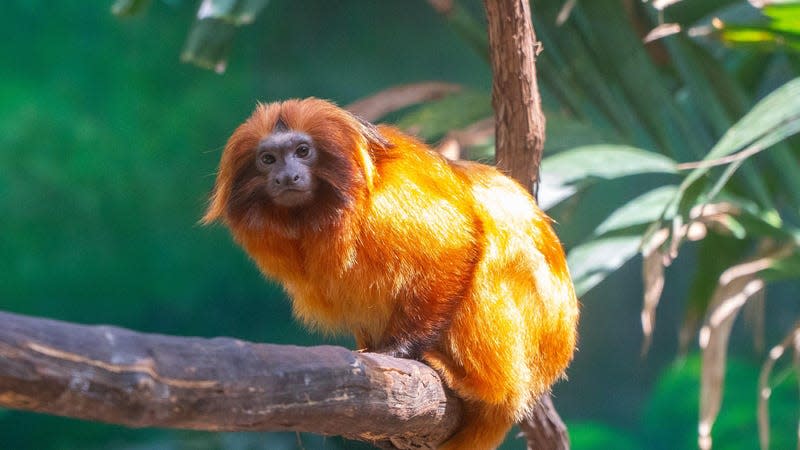
New animals and plants are being lost to extinction every year—more than 160 species disappeared just in the past decade. Many more are teetering on the edge, and some are in endling stage: when just one individual remains, the last of its kind.
But on some rare occasions, species are saved from the brink. Through the intrepid work of biologists, geneticists, and other conservationists, these unique animals have continued on.
Read more
These Winning Close-Up Photos Show Life That's Often Overlooked
Remembering Enterprise: The Test Shuttle That Never Flew to Space
Scimitar-horned oryx
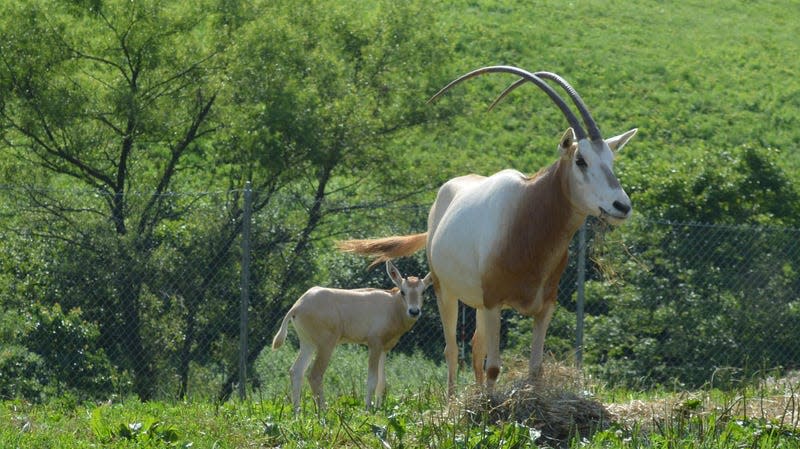
The scimitar-horned oryx is a species of antelope native to northern Africa. Built for life in the desert, the oryxes have suffered due to habitat loss to agriculture, overhunting, and drought. Note the distinctive curve to their horns.
Calves have been born through artificial insemination at the Smithsonian Conservation Biology Institute, a helpful boost to the population. The species was extinct in the wild, but populations are slowly being reintroduced to the grasslands of northern Africa.
New Guinea singing dog
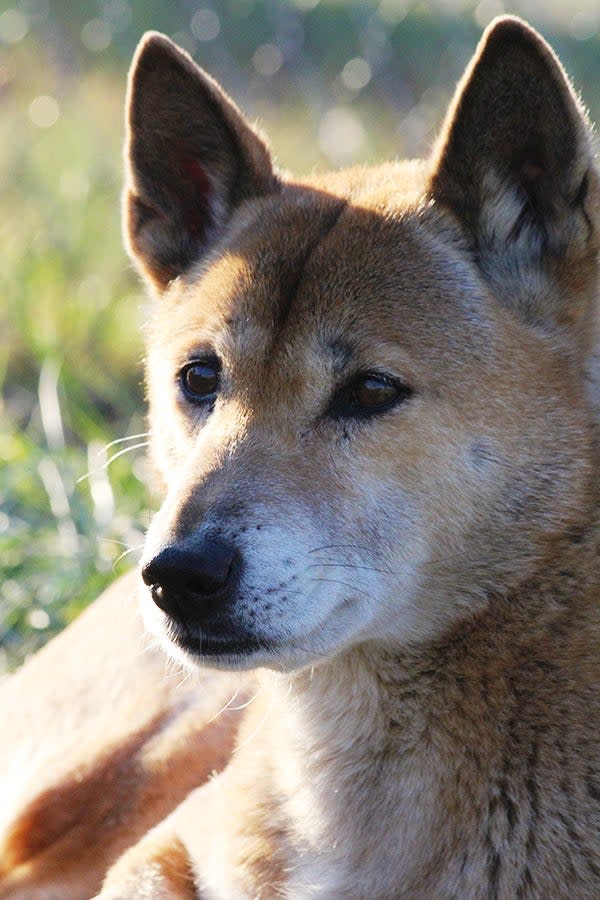
It looks like a bit like a dingo; after all, it too is a wild dog. But the singing dogs of New Guinea—so named for their propensity for prolonged, high-pitch vocalizations—were presumed extinct in the wild until they were rediscovered in 2020.
The discovery is a boon to conservation efforts, which have struggled with genetic bottlenecking amongst the captive population. Hopefully, the newly discovered bunch can provide some much-needed genetic diversity.
Golden lion tamarin

The golden lion tamarin was certainly on the brink of extinction in the late 20th century, when its wild numbers were estimated at around 200 individuals. Now there are about 2,500—hardly a complete comeback, but the petite primates are well on their way. About 30% of the wild population are descendants of tamarins raised in human care, according to the Smithsonian’s Conservation Biology Institute.
Louisiana black bear
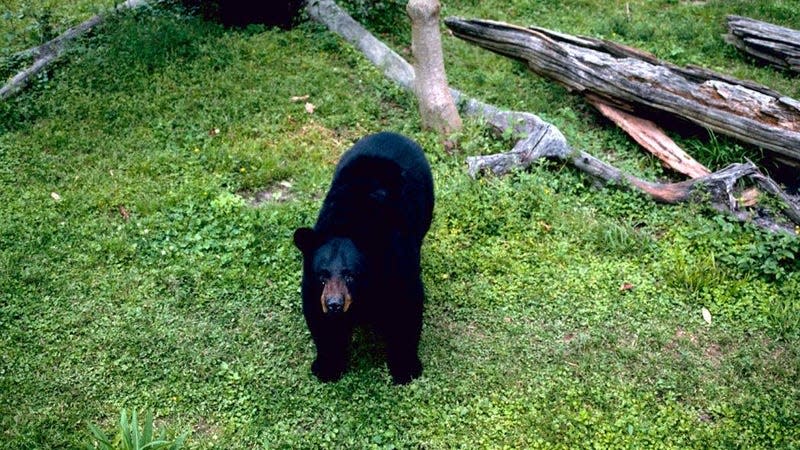
The state mammal of Louisiana was listed as threatened in 1992, after years of hunting and deforestation—the same problems that afflicted its less-fortunate neighbor in southern swamps, the ivory-billed woodpecker.
But beginning in the late 90s, the bears’ habitat was restored and population numbers were better monitored. In 2016, the bear was removed from the list of endangered species.
American bison
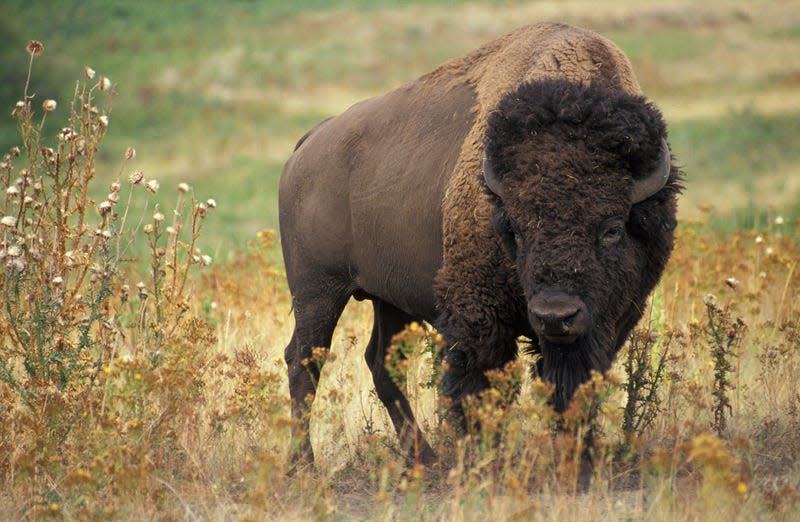
You may be familiar with the famous, tragic photo of bison skulls piled up in the late 1870s. At one point, there were fewer than 1,000 of these bovids—the largest terrestrial mammals in North America—left on the continent. They were overhunted wholesale, including by the U.S. government, which killed the animals to hurt Native American populations that relied on the animals for their livelihoods.
Bison have bounced back considerably since, with conservation herds numbering around 30,000, according to the Smithsonian Institute.
Bald eagle
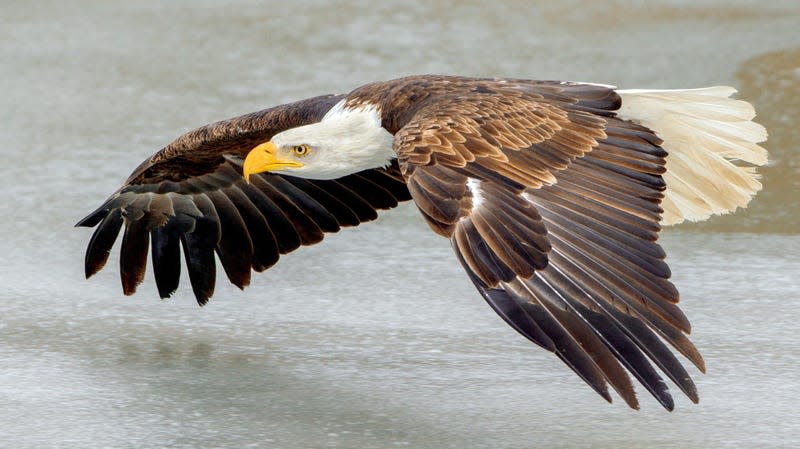
Yes, even the airborne image of American liberty (could’ve been the turkey!) was once on the brink of extinction. Bald eagles were severely impacted by the use of the pesticide DDT, and the raptors were added to the endangered species list in 1972.
The species was deemed fully recovered in 2007, and in 2021 the population was around 317,000 individuals, according to the National Wildlife Federation.
Guam kingfisher
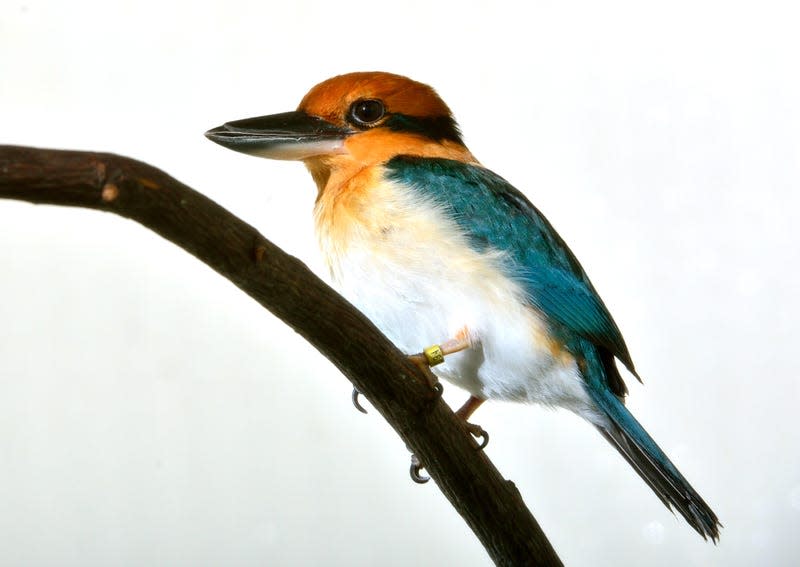
This petite kingfisher is extinct in the wild. There were as few as 30 individuals left in 1986, due to the introduction of the brown tree snake, which preyed on the small birds.
There were 139 birds in captivity as of March 2020, according to the Smithsonian Institute. Until the invasive snake population is brought under control, reintroducing the kingfishers to their native habitats in Guam may be a pipe dream.
Guam rail
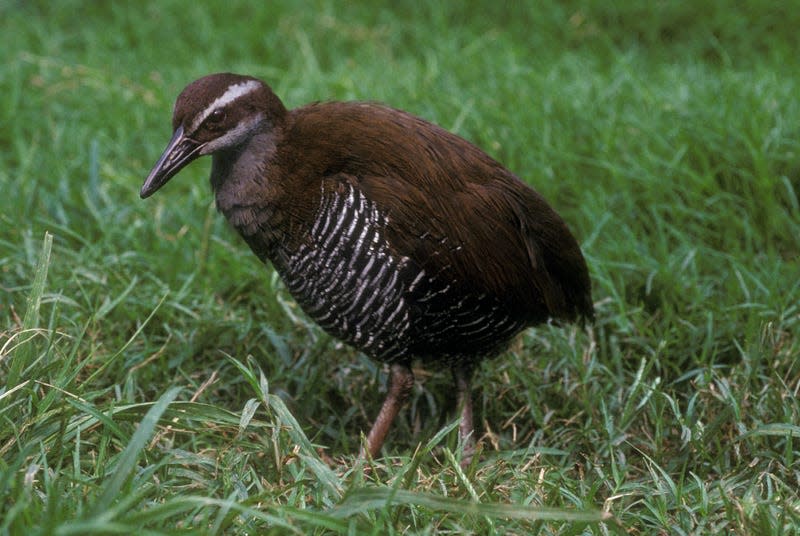
Guam rails were once so rare that they were presumed extinct in the wild. Today, they’re only found on the adjacent islands of Rota and Cocos.
Like the fate that befell the kingfisher, the Guam rail fell prey to brown tree snakes, which arrived via cargo ships. With no defenses to this foreign predator, the rail population plummeted from around 10,000 to just 21 in 1985.
Breeding programs have improved the rails’ numbers, though there’s still plenty of ground to cover.
Monito gecko
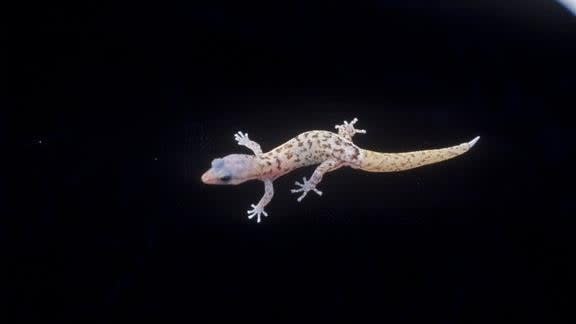
The Monito gecko is endemic to an island of the same name, off the coast of Puerto Rico. This adorable reptile met its match in a familiar foe to humans: rats, which invaded the island and decimated the gecko population, according to the National Wildlife Federation. By 1982, the gecko was endangered, and 10 years later, the Puerto Rico government launched a campaign to get rid of the rats.
By 2014, Monito island was rat free, and in October 2019, the gecko was removed from the endangered species list. Their population is now estimated to be around 7,600, according to the U.S. Fish and Wildlife Service.
Black-footed ferret
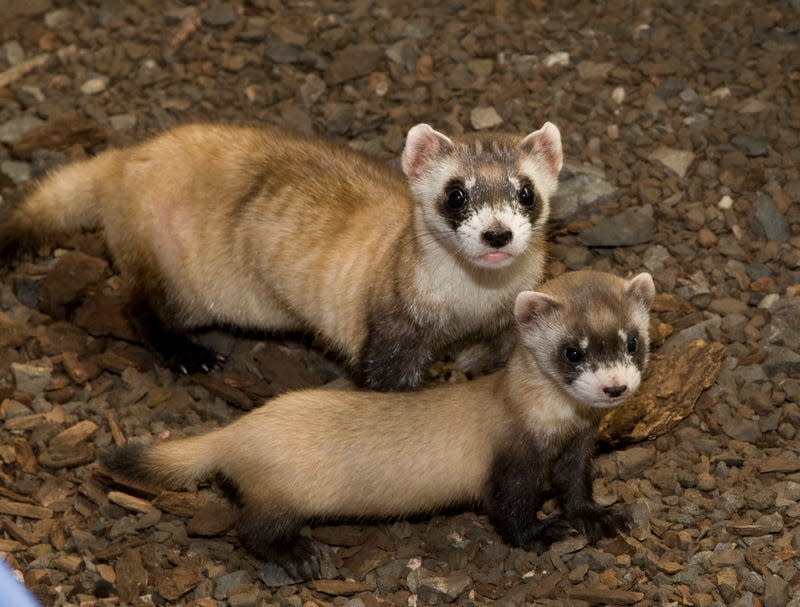
The only ferret species native to North America, the black footed ferret has a fairly remarkable comeback story. In the mid-1980s, only 18 animals were known in the wild. The animals were then bred in captivity, and in 2021, one such ferret became the first animal cloned in North America. “Elizabeth Ann” became a symbol of increasingly modern approaches to conservation, especially as some groups begin to eye the cloning of extinct species like the dodo and the thylacine.
Whooping Crane
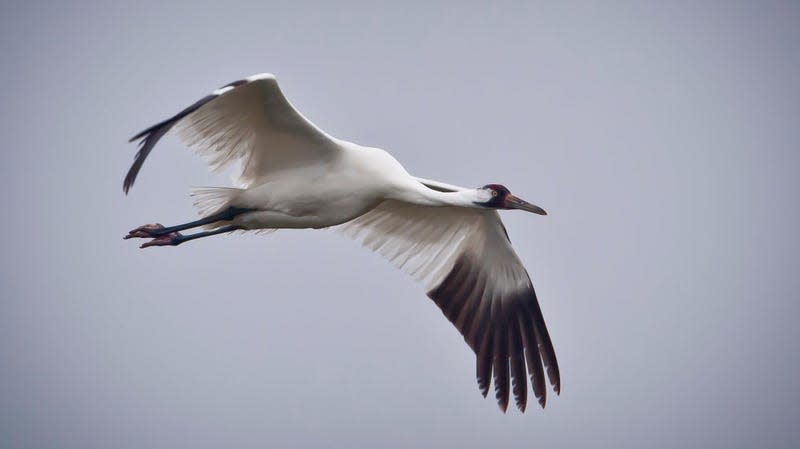
Whooping cranes are native to North America and are the tallest birds on the continent.
The primary threat to the animals is habitat loss, but they also strike power lines and are sometimes illegally shot. In the 1940s, the last wild flock was down to fewer than 20 birds, according to the American Bird Conservancy.
One self-sustaining populations still summers in Texas, but other reintroduced populations are now established on the East Coast and in the Rockies.
Panamanian golden frog
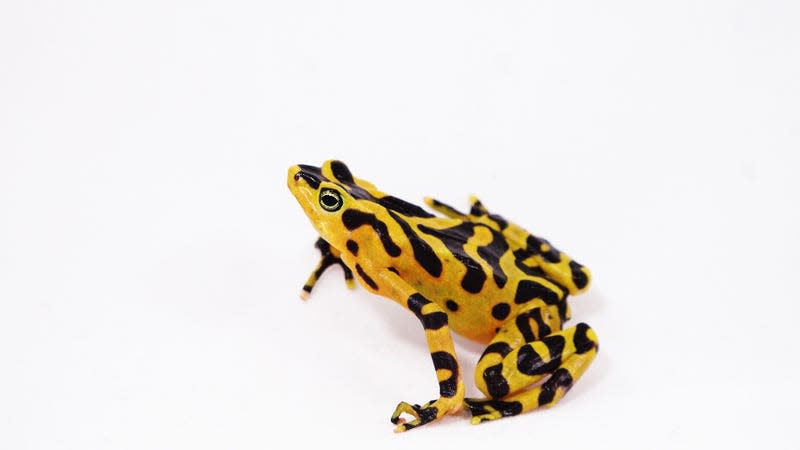
This dazzling amphibian wears nature’s classic don’t-you-dare-try-to-eat-me coloration. It is a Panamanian golden frog, a critically endangered creature whose range has diminished in last half century. The frogs have struggled with the chytridiomycosis, a fungal pathogen has killed swathes of the animals.
Some frogs are cared for by humans, but the wild population is just hanging on.
California condor
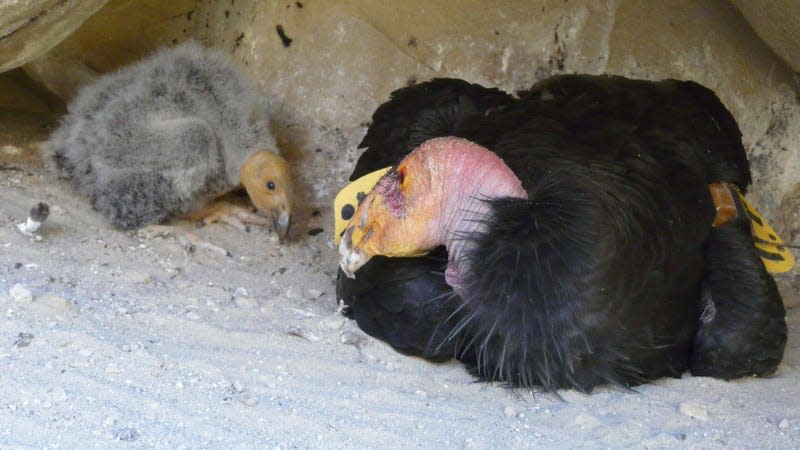
The largest land bird in North America, California condors were nearly killed off by the late 20th century. When their numbers were down to just 27, the U.S. Fish and Wildlife Service captured the remaining individuals and focused on breeding them.
Over 1,000 chicks have since hatched. Last year, in a truly miraculous finding, researchers found that two condors had been hatched via parthenogenesis—in other words, virgin births. Scientists aren’t quite sure why it happened, but it was exciting news nonetheless.
More from Gizmodo
Sign up for Gizmodo's Newsletter. For the latest news, Facebook, Twitter and Instagram.

